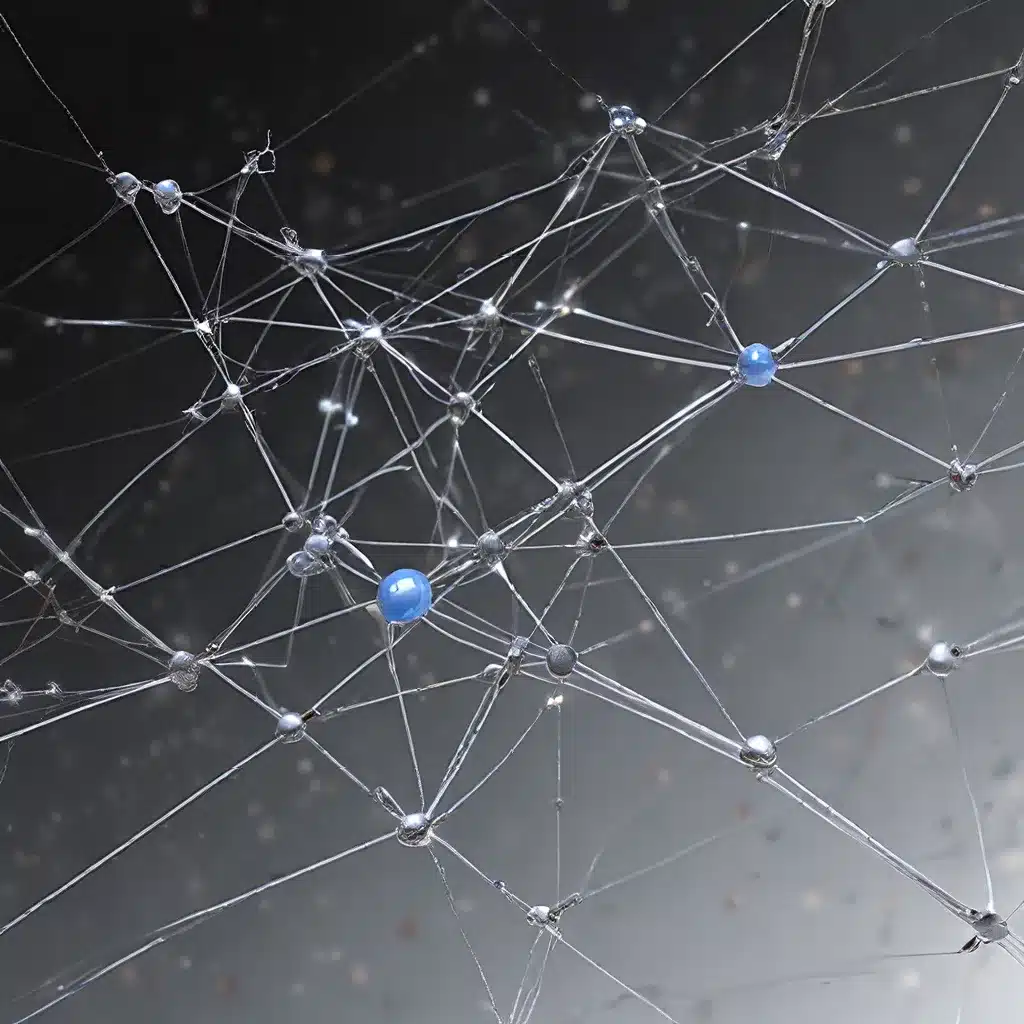
Navigating the Complexities of Sensor Network Design
Sensor networks have become increasingly crucial in our technology-driven world, enabling a wide range of Internet of Things (IoT) applications, from smart cities and industrial automation to healthcare monitoring and environmental tracking. As these networks grow in scale and complexity, ensuring their resilience and fault tolerance has emerged as a critical challenge for designers and engineers.
In this comprehensive article, we’ll explore the adaptive strategies and design principles that can help sensor networks withstand the inevitable failures and disruptions they face. By understanding the nuances of sensor network architecture, security, and energy management, we’ll uncover practical solutions to enhance the reliability and adaptability of these vital systems.
Sensor Network Architecture and Fault Tolerance
At the heart of sensor network resilience lies the network architecture. Traditionally, sensor networks have been designed with centralized topologies, where a single gateway or base station collects and manages data from all connected nodes. While this approach simplifies overall coordination, it also introduces a single point of failure, rendering the entire network vulnerable to disruptions.
To address this challenge, distributed and decentralized architectures have emerged as more robust alternatives. In these designs, sensor nodes communicate directly with each other, forming mesh networks or ad-hoc topologies. By eliminating the reliance on a central control point, these networks can adapt and self-organize in response to node failures or environmental changes, ensuring continuous operation even in the face of disruptions.
Research has shown that decentralized sensor networks can exhibit higher resilience and fault tolerance compared to their centralized counterparts. These networks leverage distributed algorithms and self-healing mechanisms to reroute data, redistribute workloads, and maintain overall functionality, even when individual nodes fail or become unavailable.
Adaptive Strategies for Sensor Network Security
As sensor networks expand, they also face growing security threats, from cyber-attacks and data breaches to physical tampering and environmental disruptions. Ensuring the confidentiality, integrity, and availability of sensor data is crucial for maintaining the reliability and trust in these systems.
To address these security challenges, sensor network designers have developed a range of adaptive strategies. One such approach is the implementation of redundancy and diversity in sensor node deployment. By using heterogeneous sensor types and multiple communication channels, the network can mitigate the impact of individual node failures or targeted attacks, ensuring backup and alternative pathways for data transmission.
Another key strategy is the adoption of dynamic and distributed security protocols, which can adapt to evolving threats and reconfigure security measures in real-time. This might involve automated key management, intrusion detection systems, and decentralized access control mechanisms that can respond to changing network conditions and potential vulnerabilities.
Moreover, edge computing and in-network processing techniques have emerged as powerful tools for enhancing sensor network security. By processing and securing data closer to the source, these approaches can reduce the risk of data leaks and unauthorized access, while also improving overall system responsiveness and reducing network latency.
Energy Management: Powering Sensor Network Resilience
One of the fundamental challenges in sensor network design is energy management. Sensor nodes, often deployed in remote or inaccessible locations, rely on limited battery resources, making power consumption a critical factor in ensuring long-term reliability and fault tolerance.
Researchers have developed a range of strategies to address this challenge, including energy-efficient node designs, dynamic power management, and energy harvesting techniques. By optimizing sensor node hardware and software, network designers can minimize power consumption and extend the operational lifetime of individual nodes, contributing to the overall resilience of the sensor network.
Additionally, adaptive and context-aware energy management algorithms have emerged as powerful tools for load balancing and resource optimization. These algorithms can monitor and adjust power usage based on network conditions, sensor data requirements, and environmental factors, ensuring that critical nodes and services are prioritized and sustained during periods of disruption or energy scarcity.
Embracing Sensor Network Resilience
As sensor networks continue to evolve and become increasingly integral to our modern technological landscape, the need for resilience and fault tolerance has never been more pressing. By understanding the architectural, security, and energy management strategies outlined in this article, designers and engineers can build sensor networks that are adaptable, self-healing, and capable of withstanding the unexpected.
As you navigate the complex world of sensor networks and IoT, remember to continuously innovate, collaborate, and stay attuned to the latest advancements in this rapidly evolving field. By embracing the principles of resilience, you can ensure that sensor networks remain reliable, secure, and energy-efficient, powering the technological solutions of tomorrow.